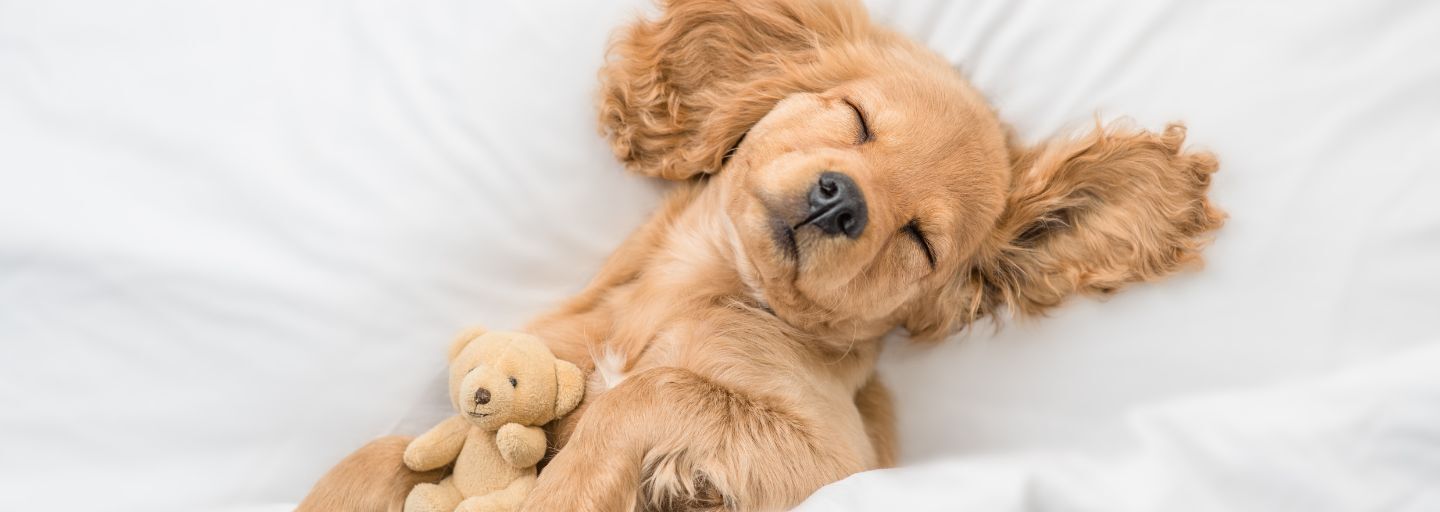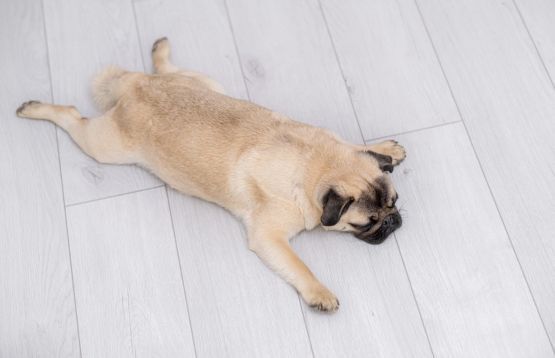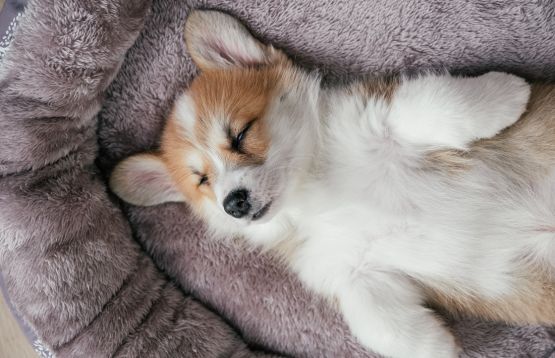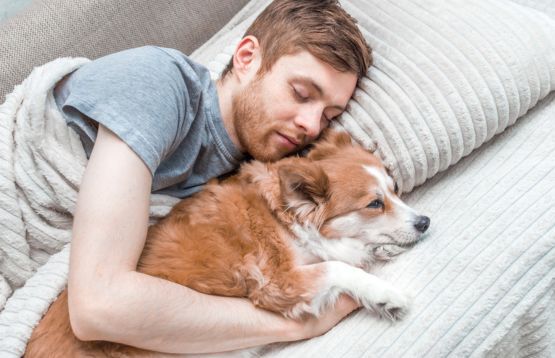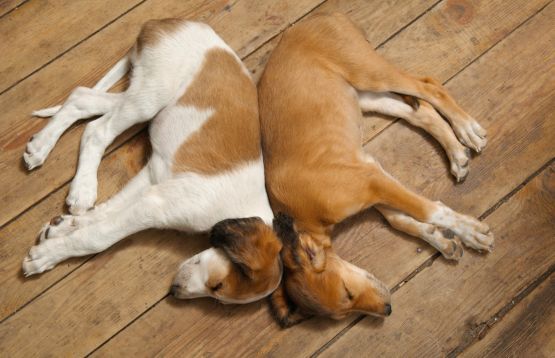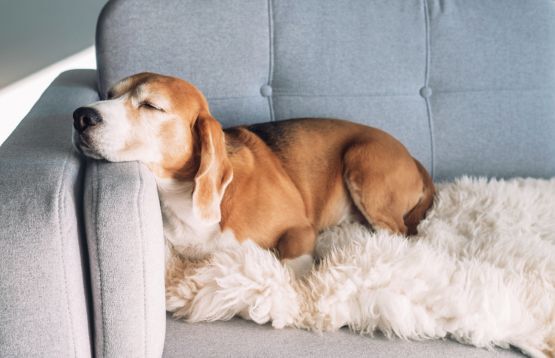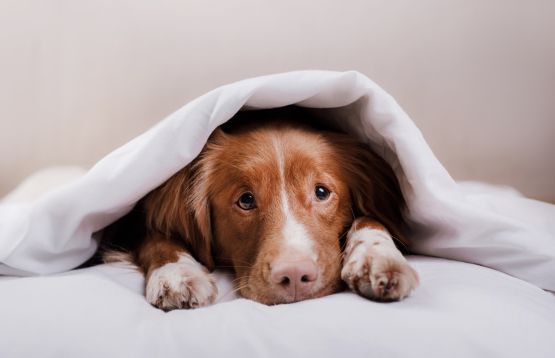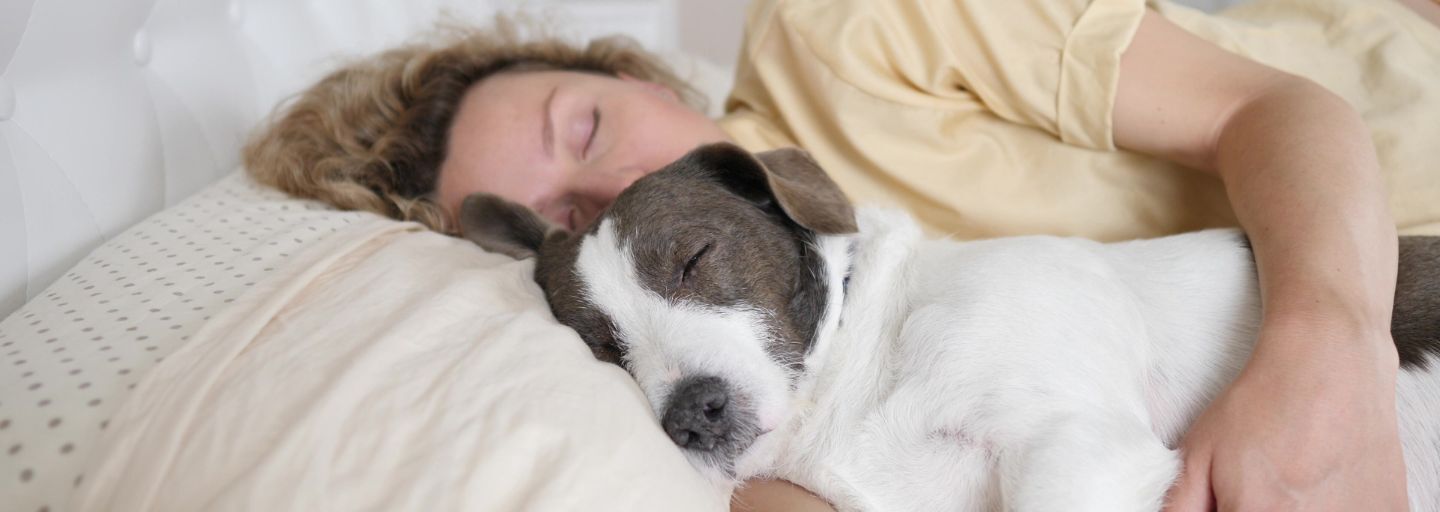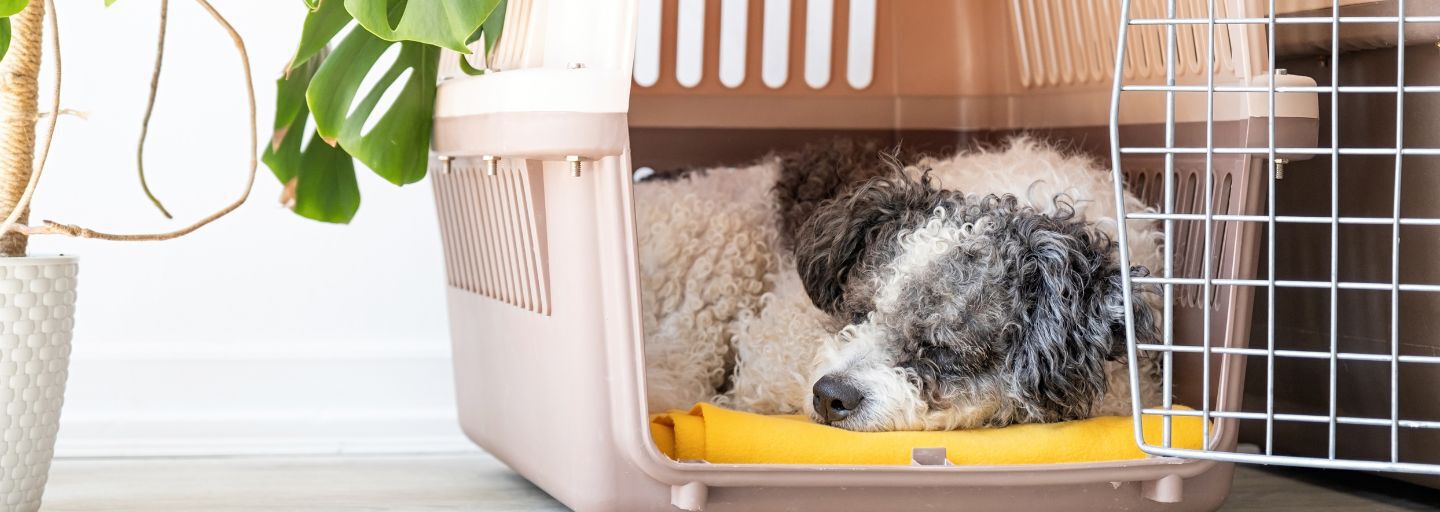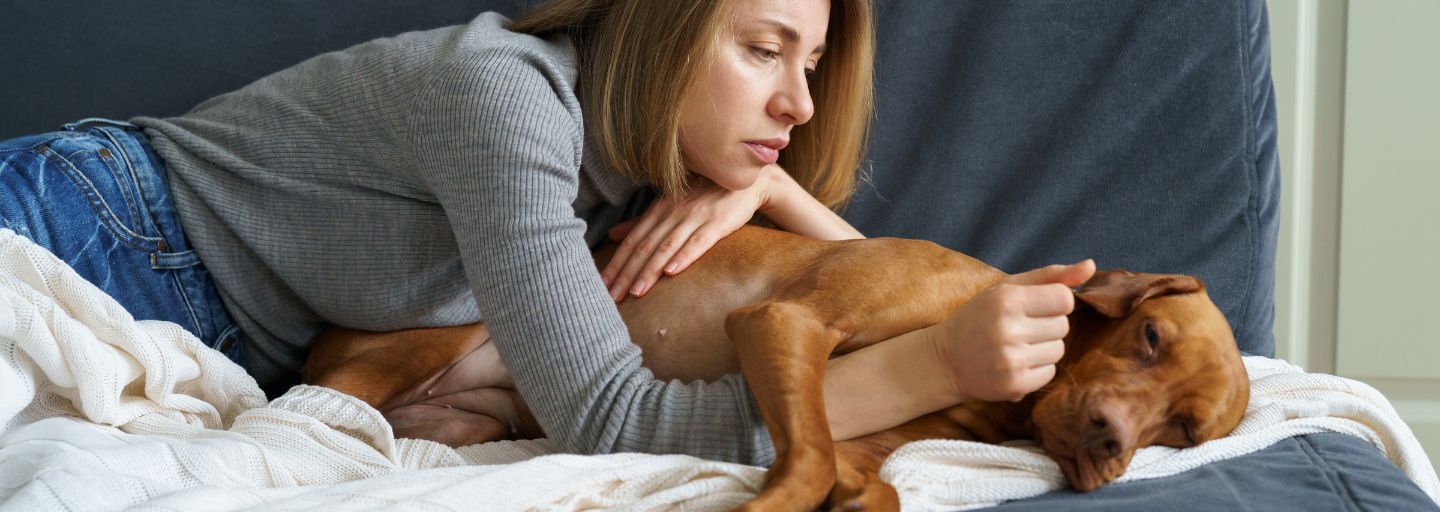As dog owners, we often find ourselves captivated by our furry friends' sleeping habits. Dogs exhibit a fascinating array of sleeping positions, curling up, stretching out, or contorting their bodies in unique ways. Have you ever wondered what these positions signify?
Did you know that puppies, in particular, require a significant amount of sleep for their healthy growth and development, averaging between 18 to 20 hours a day. This extensive sleep is crucial as it supports their physical and mental development, allowing their bodies to grow and their brains to process new experiences. As they mature, their sleep needs gradually decrease, yet sufficient rest remains essential for their overall well-being.
Just like humans, dogs have individual preferences and personalities that influence their sleeping habits. Factors such as breed, age, health, and environmental conditions play a significant role in how a dog chooses to sleep. For example, certain breeds may favor specific sleeping positions due to their physical characteristics, while younger dogs might exhibit more playful and energetic sleep patterns. Additionally, a dog's emotional state can impact their choice of sleeping position; a dog that feels secure and comfortable is more likely to adopt relaxed positions, whereas one that feels anxious may curl up tightly. Understanding these variations can help owners better cater to their dog's needs, creating a more comfortable and supportive sleeping environment.
